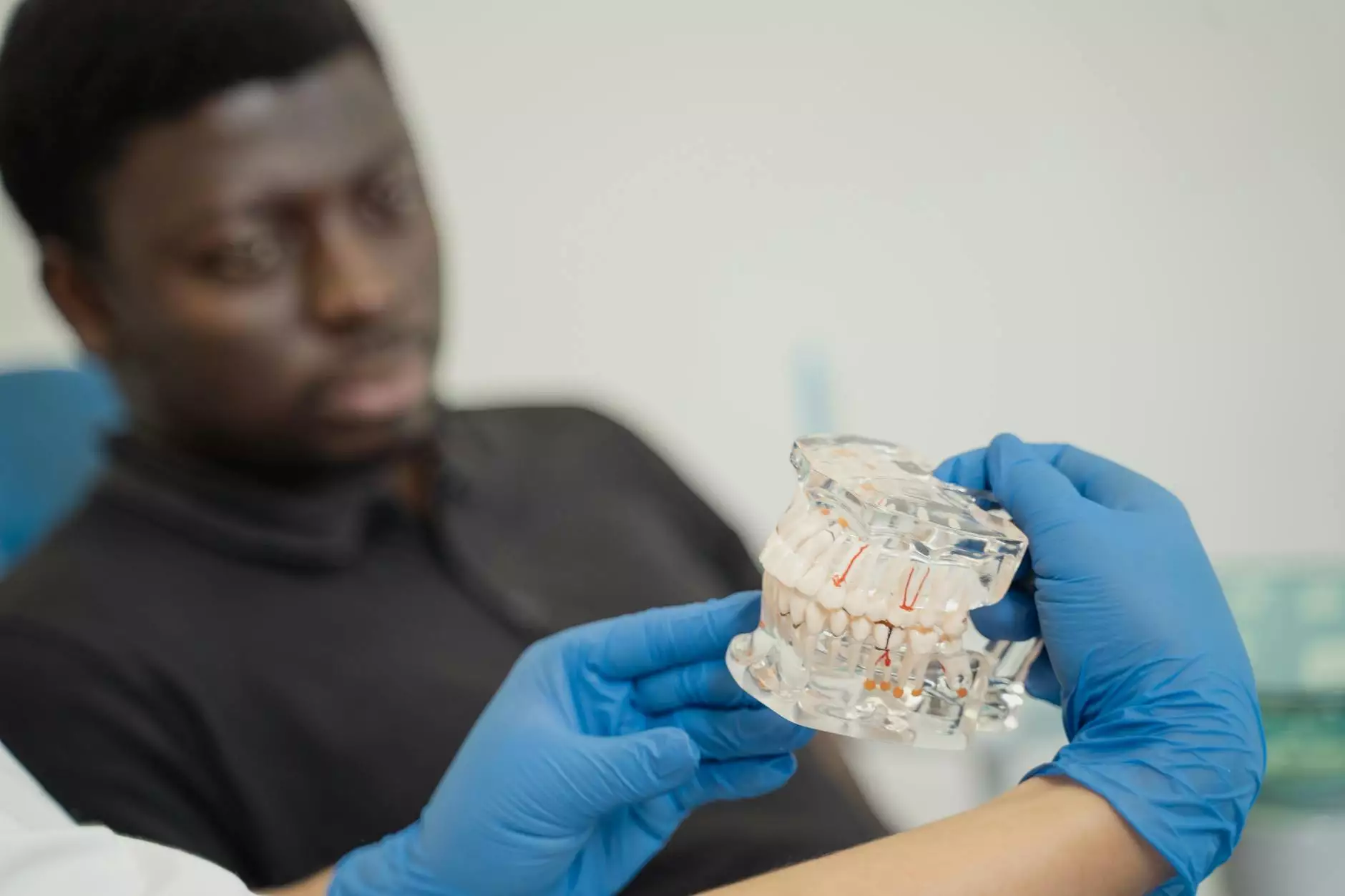Understanding the Hysterectomy Procedure: A Comprehensive Guide

The hysterectomy procedure is a surgical operation that involves the removal of a woman's uterus. This procedure can be a significant step for many women dealing with various health issues. In this extensive guide, we will delve into the types of hysterectomies, the reasons one might undergo this surgery, the associated risks, recovery processes, and much more. Whether you are considering a hysterectomy or seeking knowledge for a loved one, understanding this procedure is crucial.
What is a Hysterectomy?
A hysterectomy is a surgical procedure that is performed for several reasons, including:
- Uterine fibroids
- Endometriosis
- Uterine prolapse
- Abnormal uterine bleeding
- Cancer of the uterus, cervix, or ovaries
During a hysterectomy, a gynecologist removes the uterus, and, depending on the specific circumstances, it may also involve the removal of the cervix, ovaries, and fallopian tubes.
Types of Hysterectomy Procedures
There are several types of hysterectomy procedures, each suited to different medical conditions:
1. Total Hysterectomy
A total hysterectomy involves the removal of the uterus and cervix. This is the most common type performed and may be indicated for several medical conditions, including severe endometriosis or fibroids.
2. Partial Hysterectomy
A partial hysterectomy, also known as a subtotal or supracervical hysterectomy, is when the uterus is removed but the cervix remains intact. This option may be suitable for women who do not have cervical issues.
3. Radical Hysterectomy
In a radical hysterectomy, the uterus, cervix, surrounding tissue, and sometimes part of the vagina are removed. This type is primarily performed when cancer is present.
4. Hysterectomy with Oophorectomy
This procedure involves the removal of the uterus as well as the ovaries (bilateral oophorectomy). It can be necessary in cases of ovarian cancer or severe endometriosis.
Indications for a Hysterectomy
Women may consider the hysterectomy procedure for various medical reasons:
- Uterine Fibroids: Non-cancerous growths in the uterus that can cause pain and heavy bleeding.
- Endometriosis: A condition where tissue similar to the lining inside the uterus grows outside, leading to pain and infertility.
- Uterine Prolapse: When the uterus descends into the vaginal canal due to weakened pelvic muscles.
- Cancer: The presence of cancer in the uterine, cervical, or ovarian tissues often necessitating surgical intervention.
- Heavy Menstrual Bleeding: Chronic issues of heavy bleeding that do not respond to other treatments.
Benefits of Hysterectomy
Opting for a hysterectomy procedure can offer several benefits, such as:
- Relief from Chronic Pain: Many women experience significant pain relief after undergoing a hysterectomy.
- Reduction of Heavy Menstrual Bleeding: For women suffering from heavy bleeding, a hysterectomy can offer a permanent solution.
- Resolution of Uterine Conditions: Conditions like fibroids, endometriosis, or prolapsed uterus can be effectively treated.
- Removal of Cancer: In cases where cancer is diagnosed, a hysterectomy can help in eliminating cancerous cells.
Understanding the Risks
Like any surgical procedure, hysterectomies carry inherent risks. Potential complications may include:
- Infection: There is always a risk of infection following any surgery.
- Hemorrhage: Excessive bleeding during or after surgery can occur, sometimes requiring a blood transfusion.
- Damage to Surrounding Organs: There is a risk of injury to nearby organs during the procedure, such as the bladder or intestines.
- Blood Clots: Post-operative patients may be at risk for blood clots, which can lead to serious complications.
- Hormonal Changes: If the ovaries are removed, this can lead to immediate menopause and associated symptoms.
Hysterectomy: The Surgical Process
The hysterectomy procedure can be performed through different surgical methods. The choice of method depends on the specific medical situation, the patient's health, and the surgeon's expertise:
Laparoscopic Hysterectomy
This is a minimally invasive technique where small incisions are made in the abdomen. A camera and instruments are inserted to remove the uterus, leading to quicker recovery times and less pain.
Abdominal Hysterectomy
An abdominal hysterectomy involves making a larger incision in the abdomen. This method may be necessary for larger uteri or conditions requiring more access to the internal organs.
Vaginal Hysterectomy
A vaginal hysterectomy involves removing the uterus through the vaginal canal. It typically results in less post-operative pain and a shorter recovery time.
Preparing for a Hysterectomy
Preparation for the surgery involves several steps:
- Consultation: A thorough consultation with your gynecologist to discuss the procedure, risks, and benefits.
- Pre-operative Testing: Blood tests, imaging, and other evaluations to ensure the patient is ready for surgery.
- Medication Adjustments: Any medications that could increase the risk during surgery may need to be adjusted or paused.
- Plan for Recovery: Arranging postpartum care, whether it's help at home or support from family and friends.
Recovery Process After Hysterectomy
Recovery from a hysterectomy procedure can vary depending on the type of surgery performed. Here are some general guidelines:
Immediate Recovery
Patients will typically stay in the hospital for one to two days after surgery, depending on the procedure type and patient’s condition. Health professionals will monitor recovery and manage pain relief.
At Home Care
Once at home, patients are advised to:
- Rest as much as needed while avoiding strenuous activity for at least six weeks.
- Follow a balanced diet, staying hydrated to facilitate healing.
- Monitor for signs of infection, such as fever, increased pain, or unusual discharge.
- Attend follow-up appointments to assess healing and recovery progress.
Long-Term Effects of Hysterectomy
Many women benefit from significant health improvements following a hysterectomy. However, there can be long-term effects, especially if the ovaries are removed:
- Menopause: If the ovaries are removed, there may be sudden onset of menopause, with symptoms like hot flashes and mood swings.
- Emotional Impact: It's common for women to experience emotional challenges following a hysterectomy; support from friends, family, or counseling can be beneficial.
- Changes in Sexual Function: Some women may notice changes in sexual function or desire; discussing these issues with a doctor is important.
Conclusion
The hysterectomy procedure is a significant surgical intervention with the potential to vastly improve quality of life for many women. Understanding the reasons for the surgery, the types available, the risks involved, and the recovery process can empower women to make informed decisions about their reproductive health. Always consult with a qualified healthcare professional to discuss any concerns or questions regarding hysterectomy or any related procedures.
Further Resources
For more detailed information or to seek guidance through this process, consider visiting drseckin.com. Dr. Seckin and his team work diligently to provide personalized care tailored to each patient's unique needs.









